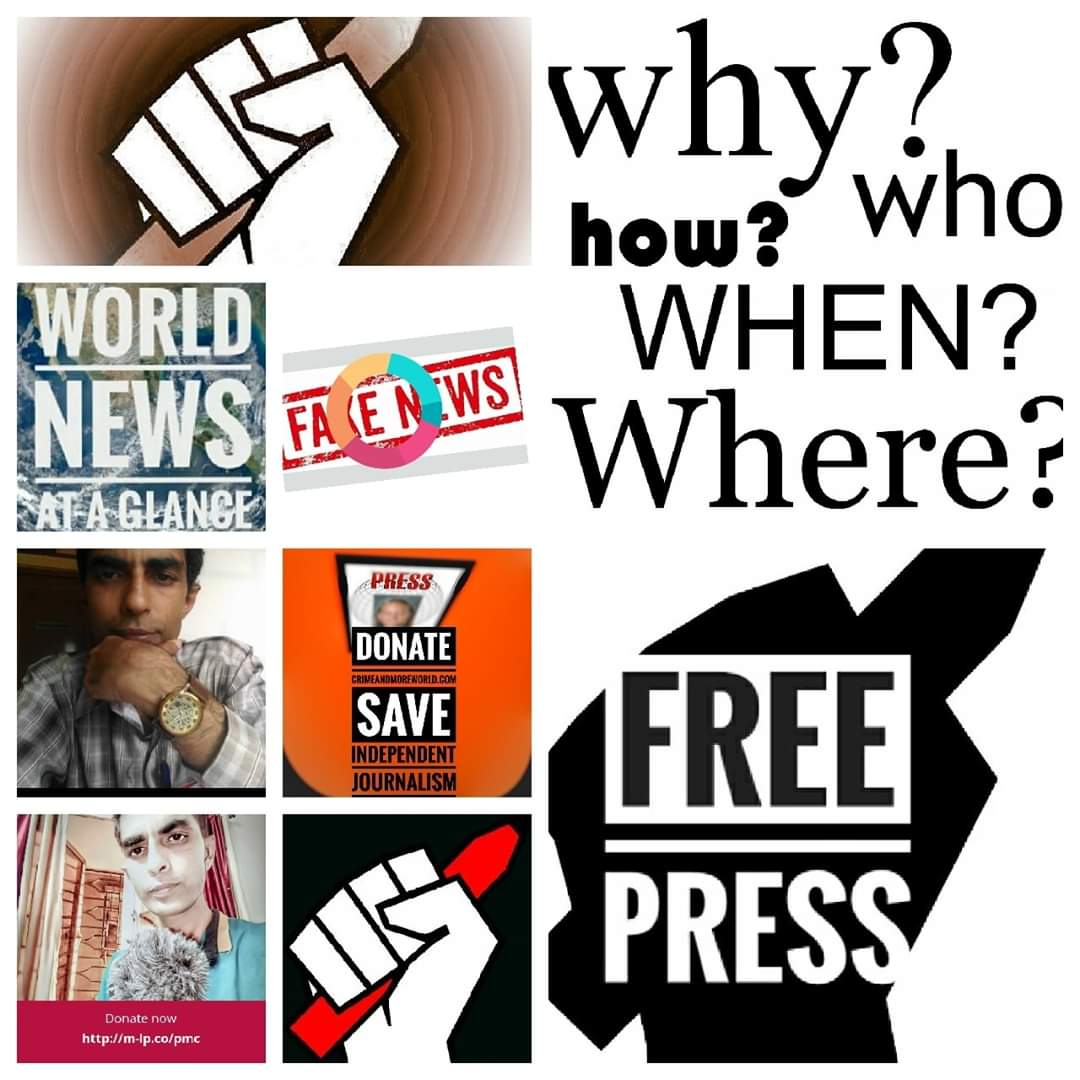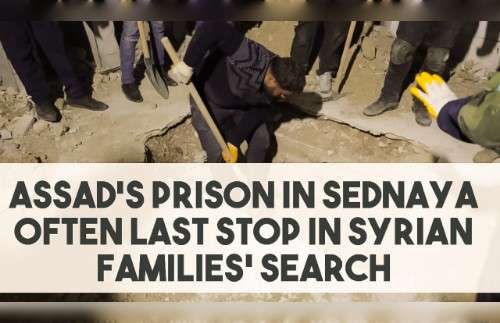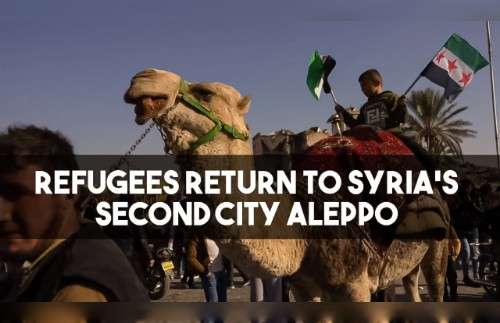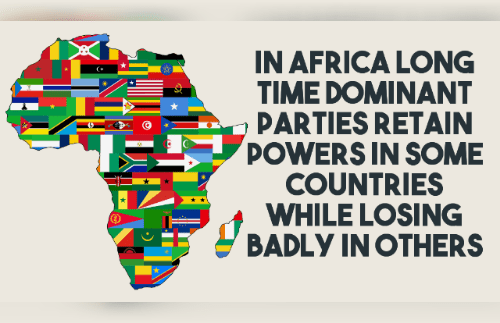As the Syria crisis reaches the 10-year mark, millions of refugees face unprecedented hardship due to rising poverty, lack of opportunities and the impact of COVID-19. 35-year-old Syrian refugee Hala described the downward spiral their lives have taken since fleeing the conflict in their home country and coming to Lebanon 10 years ago.
But as the crisis next door in Syria ground on year after year, Hala’s resources became increasingly stretched and the debts began to pile up. Hala’s three older children had to drop out of school, and her eldest son Ammer, 16, started working in a hair salon to supplement his father Yasser’s meagre income as a parking valet.
As the Syrian conflict enters its second decade, instead of getting easier, daily life for the 5.6 million refugees living in neighboring countries in the region is tougher than ever.
Poverty and food insecurity are on the rise, school enrollment and access to health care are shrinking, and the COVID-19 pandemic has wiped out much of the informal work that refugees rely on.
Lebanon’s financial crisis has sent the currency plummeting and prices of everyday basics shooting up. Combined with the devastating economic effects of the COVID-19 pandemic, this increased the share of Syrian refugees in the country living under the extreme poverty line to almost 90 per cent by the end of 2020-UNHCR
Escaping from Scam Center on Cambodia’s Bokor Mountain
UN Security Council Meets to Discuss Children and Armed Conflict
10 Shocking Revelations from Bangladesh Commission’s Report About Ex-PM Hasina-Linked Forced Disappearances
Migration Dynamics Shifting Due to New US Administration New Regional Laws
UN Security Council Meets to Discuss the Maintenance of International Peace and Security and Artificial Intelligence
Winter Brings New Challenges for Residents living in Ukraine’s Donetsk Region
Permanent Representative of Israel Briefs Press at UN Headquarters
Hospitals Overwhelmed in Vanuatu as Death and Damage Toll Mounts from Quake
Subscribe Our You Tube Channel
Fighting Fake News
Fighting Lies


















